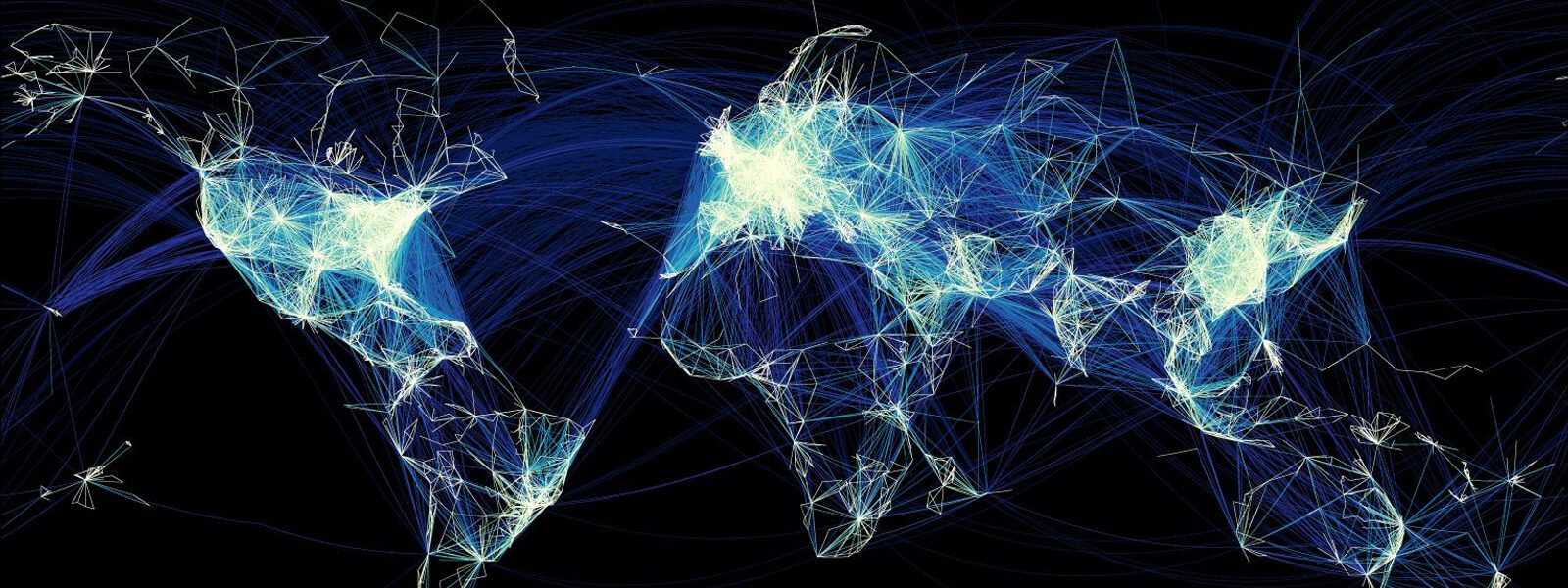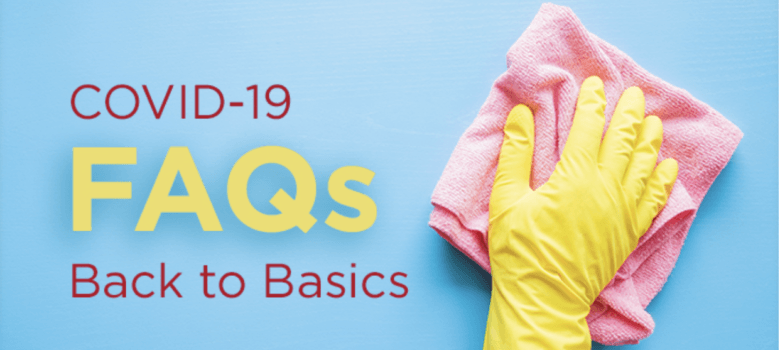

Back to Basics: Facts and FAQs About COVID-19
by Zara Jethani
It is always good to have fact-based, scientific data to inform your decisions, especially in times like these. Here are some basic questions answered, about minimizing exposure to coronavirus COVID-19.
Why does washing your hands with soap help?
Coronavirus needs a host to survive and it causes respiratory symptoms when it gains access to the tissue in the lungs. The single-celled virus infects lung cells by injecting its RNA (genetic material) into the cell. The RNA hijacks the host cell to make more copies of itself and to assemble more viruses. As all the newly manufactured viruses burst out, they destroy that lung cell in the process and go on to infect more lung tissue.
The virus has a protective coat made up of lipids (fat). When we wash our hands with soap for 20 seconds, the detergent in the soap breaks up the lipid layer and kills the virus preventing it from entering the body in the first place. Washing your hands stops the virus in its tracks before it can replicate and cause any damage.
How long does coronavirus stay active in the air and on surfaces?
As mentioned earlier, coronavirus needs a living host to grow and thrive. However, it does have a limited lifespan when outside the boe=dy. According to a study published Tuesday, March 17, 2020, coronavirus was detectable in various environments as follows:
- In aerosols for up to three hours
- Up to four hours on copper or wood
- Up to 24 hours on cardboard
- Up to two to three days on plastic and stainless steel
On this topic, the CDC recommends that “cleaning of visibly dirty surfaces followed by disinfection is a best practice measure for prevention of COVID-19 and other viral respiratory illnesses in households and community settings.”
How does wiping surfaces help?
According to the World Health Organization (WHO), coronaviruses have a survival time of less than 5 minutes when they come into contact with the following agents:
- Acetone
- 10% Formaldehyde and Paraformaldehyde
- 10% Clorox
- 75% Ethanol
- 2% Phenol
Does coronavirus stick to fabric?
Coronaviruses can be carried by porous materials such as fabric or on wood surfaces. They do like to nestle into the fibers of higher nap fabrics like wool or soft toys, and less to smoother cloth such as silk and polyester. However, the virus does not appear to be viable after about four hours. Using detergent deactivates the virus. CDC recommends to “launder items as appropriate in accordance with the manufacturer’s instructions. If possible, launder items using the warmest appropriate water setting for the items and dry items completely. Dirty laundry from an ill person can be washed with other people’s items.” As of this writing, there were no specific recommendations regarding dry cleaning.
Does temperature play a role?
In general, higher temperatures and higher humidity significantly reduce the transmission of coronaviruses that cause the flu. A recent paper reports that even one degree Celsius increase in temperature and one percent increase in relative humidity, lower the reproductive rates of the COVID-19 virus. Another study states that at 38°C (100.4°F ) and relative humidity of 95%, a similar coronavirus “soon lost its activity”. Relatedly, WHO reports that heat at 56°C (132.8°F) kills the SARS coronavirus but very low temperatures (up to minus 80°C/minus 112°F) does not seem to have any effect.
Tips:
- Steam nasal passages for 5 minutes each hour if exhibiting symptoms, or as needed during the day for prevention after exposure to an external environment
- Isolate and launder clothes as noted above, and take a hot shower after being exposed to an external environment
For more frequently asked questions, check out WHO’s Mythbusters.
*Disclaimer: This is a rapidly evolving situation so the information shared above is reflective of current knowledge as of the date posted. For clarifying questions, please consult with your physician.
About the Author

Zara Jethani
Zara is the marketing director at Pacific Neuroscience Institute. Her background is in molecular genetics research and healthcare marketing. In addition, she is a graphic designer with more than 20 years experience in the healthcare, education and entertainment industries.
Last updated: May 5th, 2022